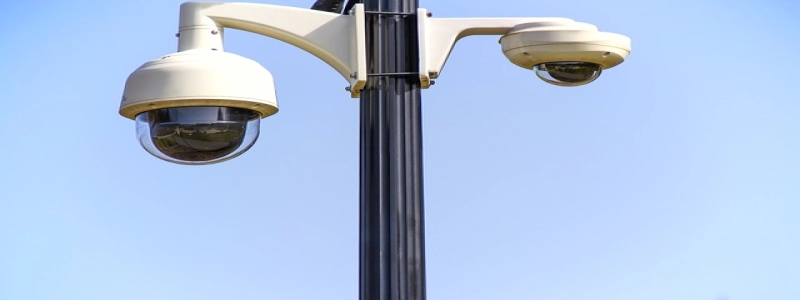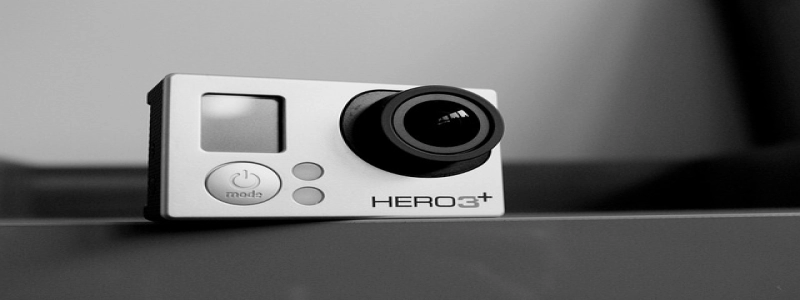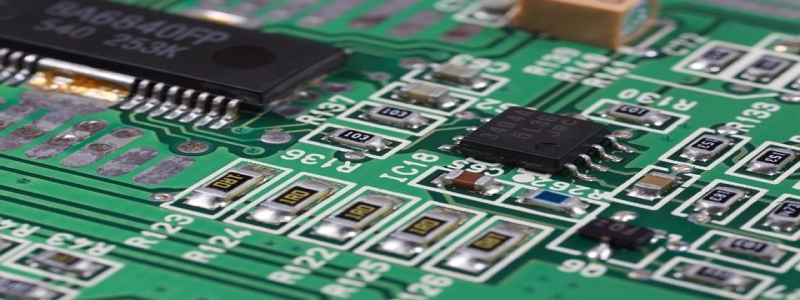Fiber Optic Cable Management
Introducere:
Fiber optic cable management is an essential aspect of any network infrastructure. It involves the organization, protection, and proper installation of fiber optic cables to ensure optimum network performance. This article will discuss various aspects of fiber optic cable management, including its importance, different methods, and best practices.
eu. Importance of Fiber Optic Cable Management
Proper fiber optic cable management is crucial for several reasons:
1. Signal Quality: Fiber optic cables transmit data using light signals, which can be easily disrupted if not managed correctly. Proper cable management ensures that the cables are not bent or twisted, which can result in signal loss or degradation.
2. Cable Protection: Fiber optic cables are delicate and sensitive to external factors such as temperature changes, moisture, and physical damage. Effective cable management protects the cables from these elements, extending their lifespan and reducing the chances of network downtime.
II. Methods of Fiber Optic Cable Management
There are several methods for managing fiber optic cables, depending on the specific requirements of the network installation. Here are some common methods:
1. Patch Panels: Patch panels provide a centralized location for connecting and organizing the fiber optic cables. They offer easy access for troubleshooting and allow for easy reconfiguration of the network.
2. Cable Trays: Cable trays are metal or plastic trays that provide a support structure for fiber optic cables. They allow for proper cable routing and protect the cables from being accidentally damaged.
3. Cable Raceways: Cable raceways are enclosed channels that conceal and protect fiber optic cables. They can be surface-mounted or recessed, providing a neat and organized appearance to the cable installation.
III. Best Practices for Fiber Optic Cable Management
To ensure effective fiber optic cable management, the following best practices should be followed:
1. Proper Cable Length: Fiber optic cables should be cut to the appropriate length to avoid excessive slack. Excessive slack can lead to cable congestion, making it difficult to manage and increasing the chances of cable damage.
2. Cable Labeling: Each fiber optic cable should be properly labeled to identify its purpose and destination. This makes troubleshooting and maintenance easier, reducing downtime and improving efficiency.
3. Cable Routing: Fiber optic cables should be routed away from power cables, as electromagnetic interference from power cables can affect signal quality. Proper separation and routing of cables minimize the chances of interference.
4. Regular Inspections: Regular inspections of fiber optic cable installations are necessary to identify any signs of damage or wear. This allows for timely repairs or replacements, preventing potential network disruptions.
Concluzie:
Fiber optic cable management plays a critical role in maintaining a reliable and efficient network infrastructure. By following the best practices and utilizing appropriate methods, network administrators can ensure optimal signal quality, protect cables from external factors, and minimize network downtime. Effective cable management not only improves the overall performance of the network but also reduces maintenance costs in the long run.








